This week marked our one-year anniversary of moving into the Airstream. So are we sick of it yet?
Answer: No.
Well, that concludes my shortest blog post yet.
Just kidding! This is a perfect opportunity to reflect on our experiences so far. After completing a year on the road, I think we can finally start to offer thoughts on “what it’s like to be on the road” — or at least, what it’s like to travel the way we do. Despite voracious consumption of travel info and blogs for years before we hit the road, there have still been several aspects of this lifestyle that differed from our expectations. And this is a perfect time to formulate pithy responses to some of the questions we are most frequently asked.
Surprises on the Road
Weird temperature inversions. We are generally traveling with the weather, which is why we spent the summer in Montana and we are in Tucson in February. While we have generally visited places at the “right” time, avoiding extremes of heat and cold, we’ve still experienced some weirdness with temperatures. For example, the first time I wore my thermal base layer was in Glacier National Park, during the first week of July, but our current wintertime stay in Tucson has seen us wearing shorts and T-shirts. Like most Floridians we’ve been thrilled to finally experience seasons (especially spring blooms in the Smokies and fall colors in the Tetons) but it seems that they have been strangely out of order in some cases.
People everywhere. After spending the majority of our lives in densely populated areas of the Eastern seaboard, we expected to find the large middle of the country to be relatively empty. And while we spent plenty of time in places with low population density, for the most part we did not feel the land was empty. Instead, everywhere we looked we saw signs of human activity — farming, ranching, homes, and industrial facilities. The wilderness areas inside federal lands are intentionally undeveloped, but we were hiking on established trails and usually seeing other hikers, so these areas didn’t feel particularly remote.
We were surprised to find that the most desolate, untouched places we encountered during our first year were in Pacific coast states: Eastern Oregon, Northern California, and the Mojave Desert. Who would have guessed that the most populous US state would have so much wild, empty land?
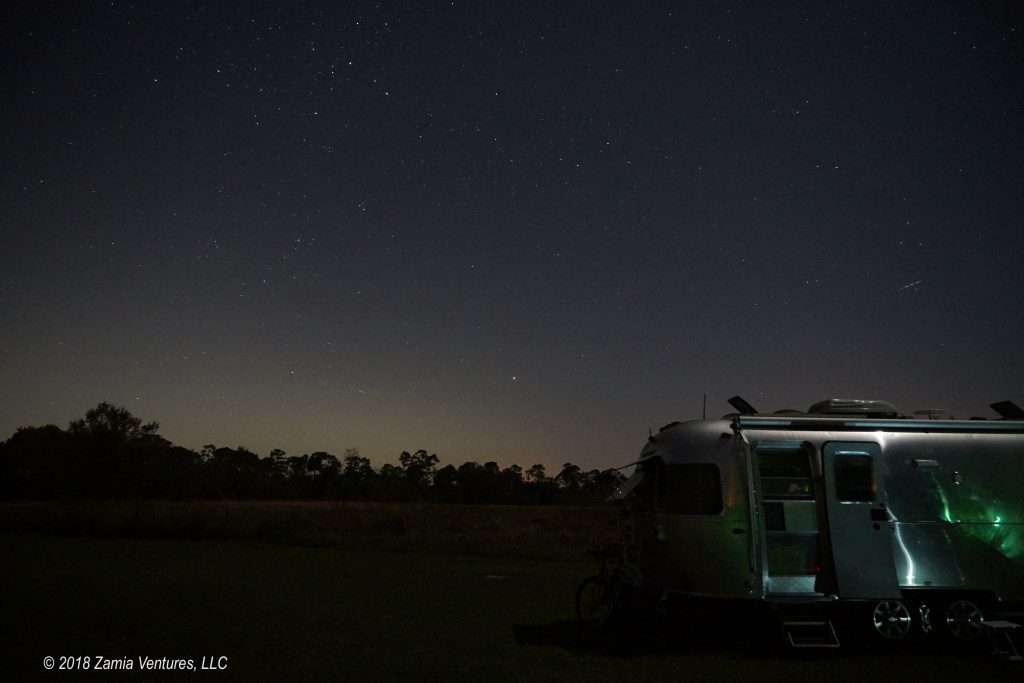
Too little stargazing. When we plotted our 2018 journeys, we assumed that we would have plenty of opportunities for stargazing. We outfitted ourselves with a new star chart designed for higher latitudes. We updated the starfinding apps on our phones. The relatively low populations in so many places we traversed in 2018 made for some of the prime dark locations in the US. However, there were a few factors we didn’t count on. Because we spent much of the summer at high latitudes, in the Dakotas, Wyoming, and Montana, we just didn’t have many hours of darkness. After hiking miles of stunning country at high altitude virtually every day, there was no chance we could keep our eyes open until 10 or 11 at night to experience the dark night sky.
The other element that kept us in bed during prime stargazing time over the summer was the temperature. We Floridians are constantly surprised by something people in the rest of America take for granted: nighttime temperatures are often much lower than daytime temperatures. This is usually not the case in Florida, but most definitely true in the northern Great Plains, where we regularly experienced daily temperature swings of 50 degrees in the summer. After a sweltering day of 90 degree temperatures, the last thing we wanted to do at night was locate our winter gear so we could stand outside in 40 degree weather craning our necks at the sky.
Our fall travel along the Pacific Coast put us back in population centers, so it was not until we got to the desert southwest that we could finally fulfill our plan of spending more time appreciating the celestial show. Even then, the surprisingly rainy winter has limited our nighttime views.

How did we ever have time to work? We expected that we would have endless free time after leaving behind our stressful jobs with long days. It turns out that we feel busy all the time, despite not spending 50-60 hours at the office each week. Travel planning, and travel itself, take a certain amount of time, and of course we are exploring all the destinations we visit. But we’re also reading more books than ever before, working on this blog, improving our fitness, and keeping up to date with news. All this leaves no time for boredom. And we haven’t even started on our project of trying to learn Spanish!
FAQs
What are your favorite destinations? Too many to mention. Our 2018 year end wrap-up covers some of the highlights of the first calendar year.
When will you settle down in a permanent location? When we get tired of traveling. We currently don’t own any property and we have no set time frame for finishing our journeys.
What’s the best thing about being on the road? Seeing the natural beauty of our big country. Perhaps as a result of the dominance of chain stores, most cities seem pretty similar to us. But the scenery of the country is vast, diverse, and at times downright weird (which is how I like it).
What’s the worst thing about travel? Before we hit the road, we accurately predicted the biggest challenge we would personally encounter: constantly dealing with new situations, and never having the chance to get comfortable in one place. Our vow to slow things down in 2019 should help mitigate this problem.
It turns out that several of our initial fears have been unfounded. Finding groceries on the road hasn’t been much of a problem. While we did spend a long time over the summer without regular visits to our beloved Whole Foods, we found the grocery stores in rural areas to be surprisingly well-stocked with exotic items and organics. Our biggest grocery challenges were self-imposed — spending several straight weeks inside a national park means we use up all our fresh food. And while we expected visiting laundromats to be extremely annoying, we’ve generally found them to be conveniently located, modern, clean, and often staffed with very friendly people.
Do you miss working? Hahahahahahahahahahaha. No.
You live in a tiny aluminum tube. How can you shop at Costco? We turned one of our wardrobes into a pantry by adding shelves inside, so we have tons of room for shelf stable items like canned goods, olive oil, pasta, and nuts. Our small but adequate freezer gives us ample room to freeze meats purchased in bulk. And the quality of the products and savings are completely worth it!
Answers to questions from readers:
Top 5 microbreweries so far? Everything we visited in Missoula, where we learned to love Scotch ales, Bozeman Brewing, and Buoy Beer in Astoria, which has sea lions living under the foyer! While not a microbrewery, we also had a lot of fun at Anheuser Busch in St. Louis, where we saw the Clydesdales and learned about big-scale brewing.
Highlights of local food? We rarely eat out, and when we do it’s often to fulfill a craving for chain food like Jimmy John’s sandwiches and Egg McMuffins. But we loved the oysters and clams in Cedar Key and Apalachicola on Florida’s Gulf Coast, and we enjoyed trying elk and bison products (burgers and sausages) in Montana.
Places you wish you spent more time at? We’ve done a pretty good job of giving ourselves enough time at most destinations. In cases where we didn’t accomplish all we planned in a destination, it was because the weather just didn’t cooperate. There are many places we would be happy to visit again, of course, and plenty of places we could have extended our visit for another week and continued to have a great time.
Any other burning questions? Ask in the comments and we will update the post.
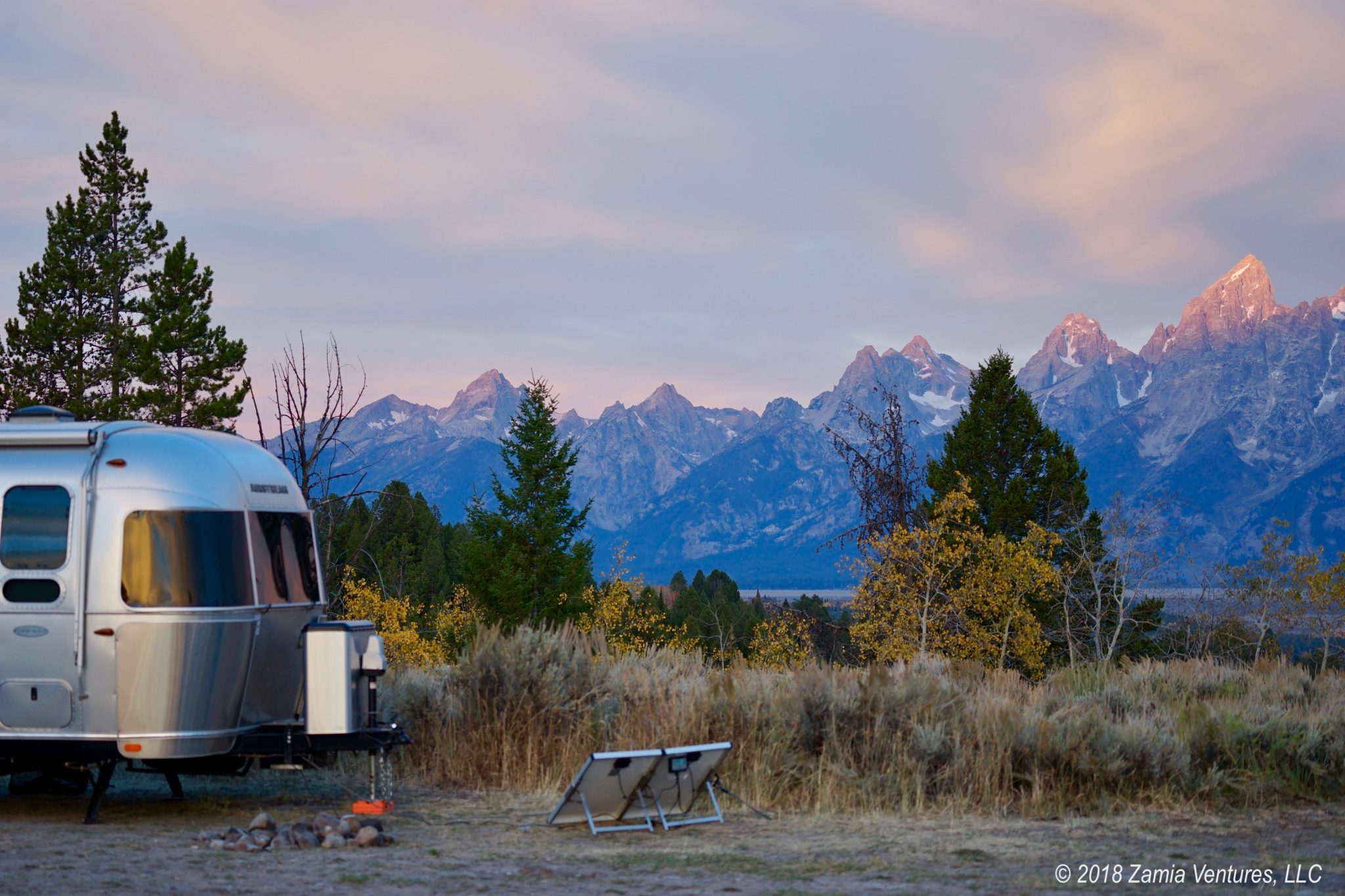
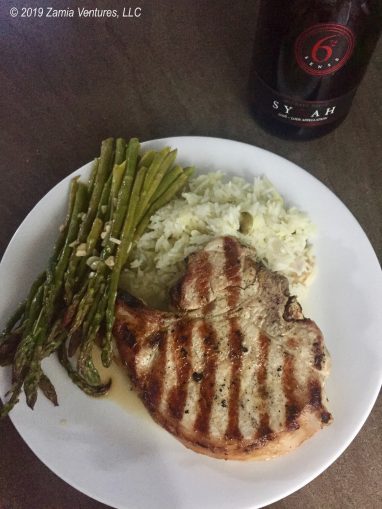
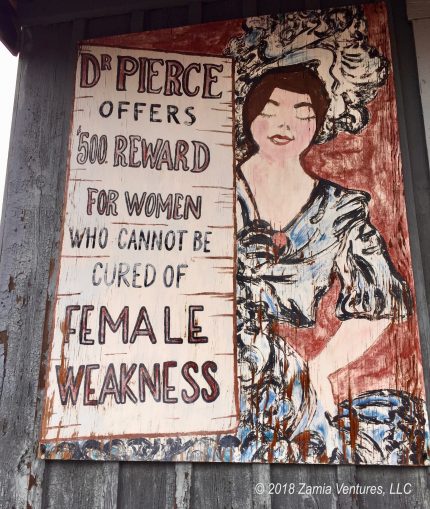
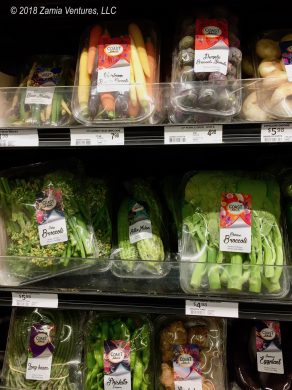
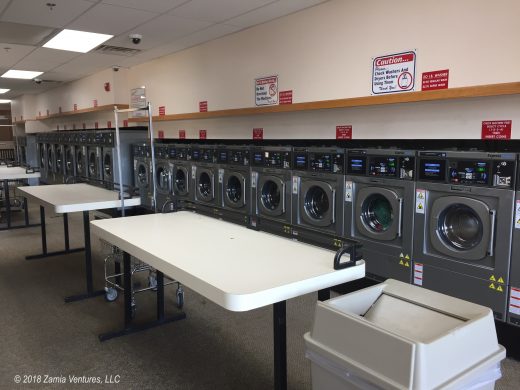
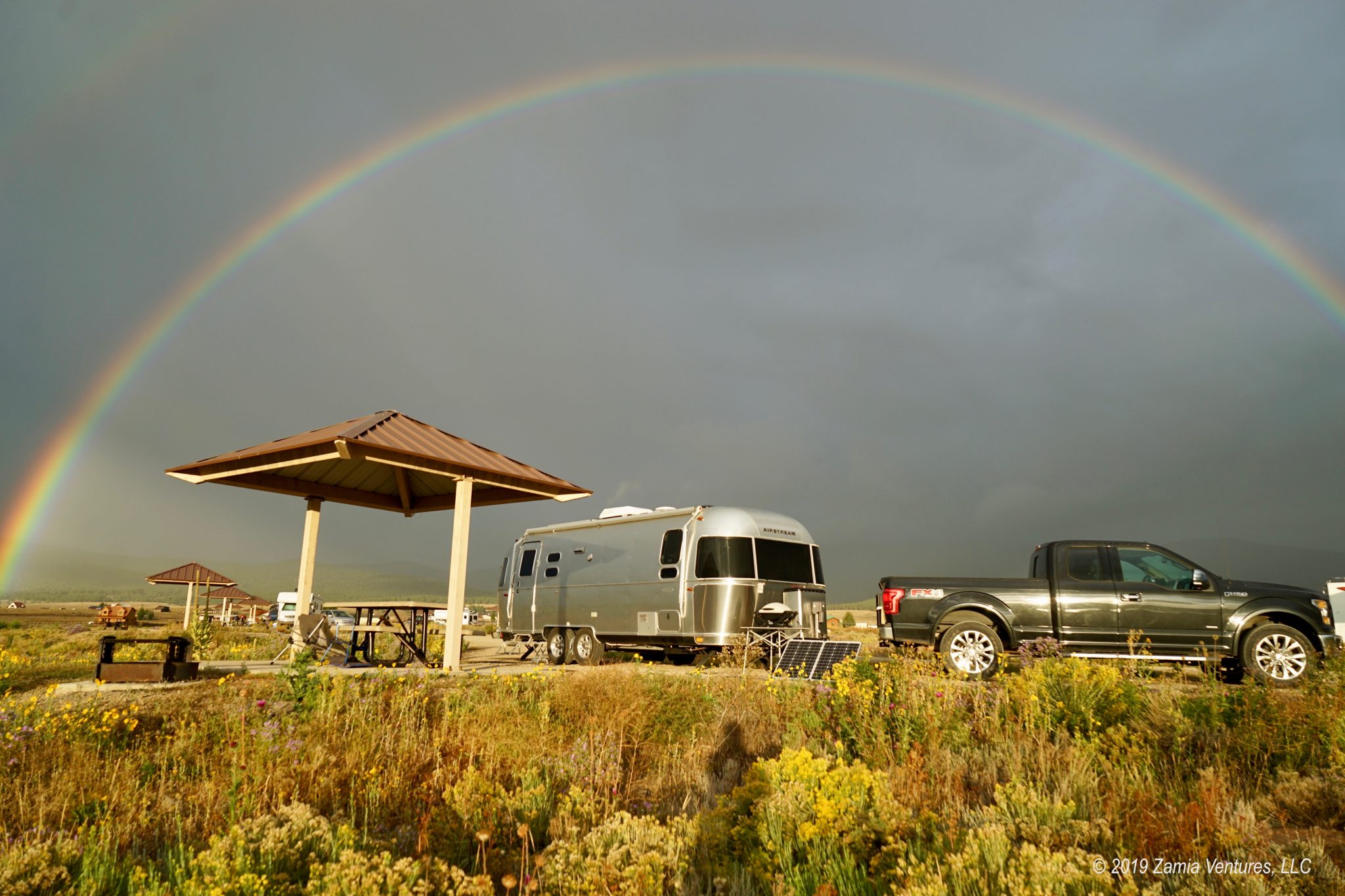
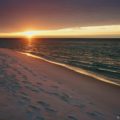
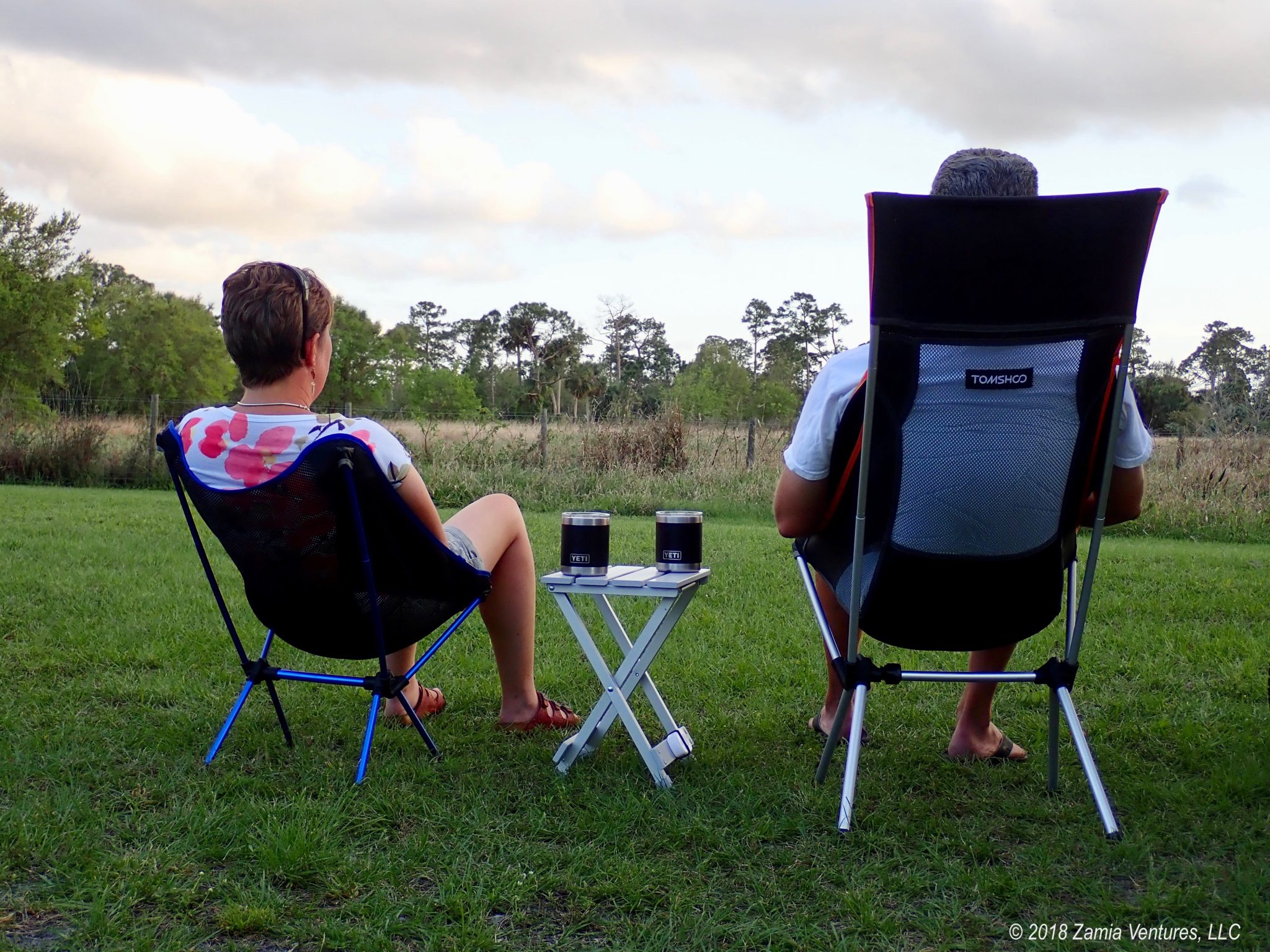
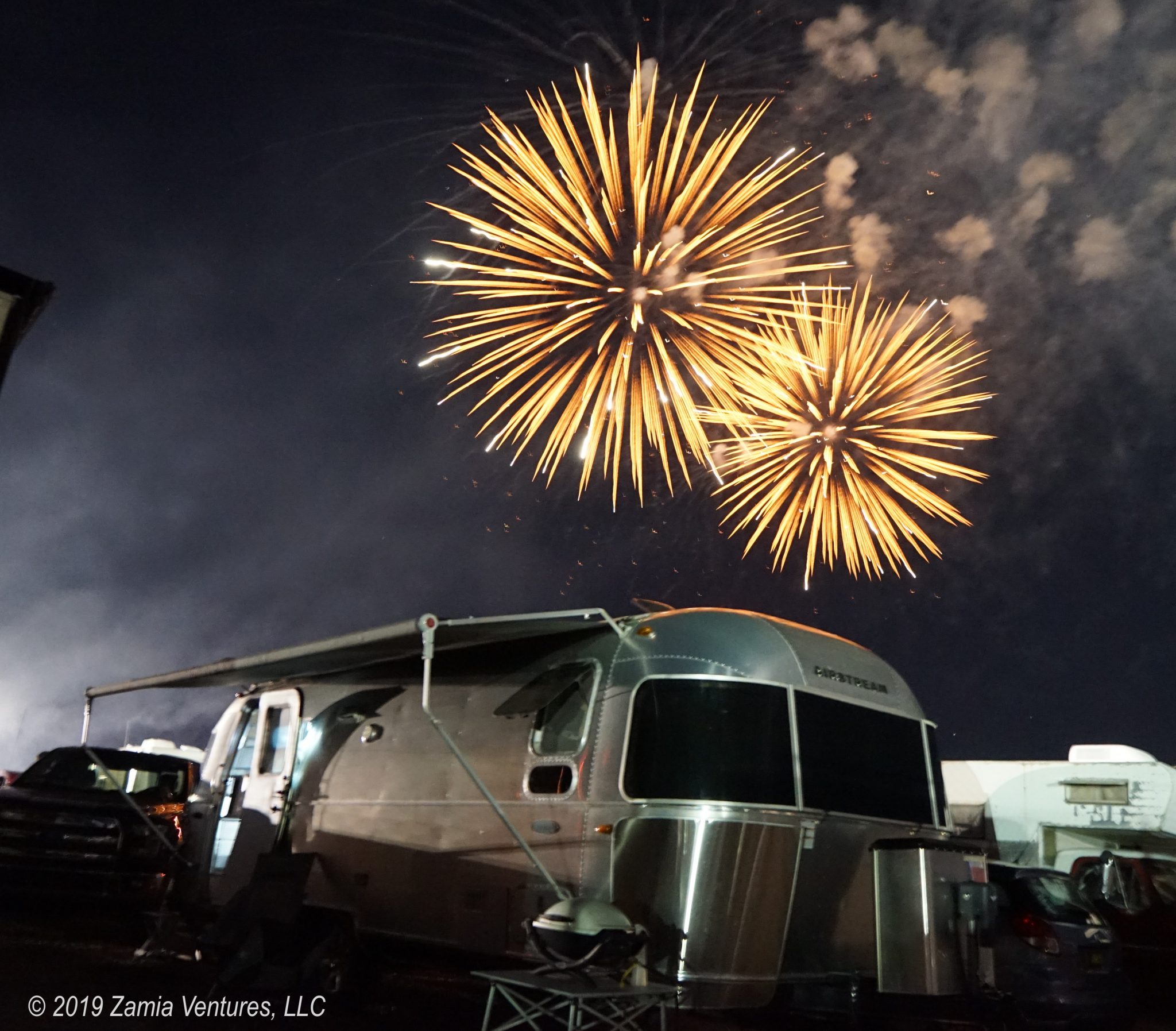
Q: Top 5 Microbreweries during the trip ? , then top tastes?
Q: Best / worst / most authentic / unusal local food during trip ?
Q: top places you wish you spent more time at.
I updated the post to answer your questions!
We can relate to so much of this, but I think our number 1 would be how busy we feel all the time. And, more importantly, how ridiculous that makes us feel. I have no clue how we got everything done before… I guess we just neglected a lot of stuff, but we are NEVER bored these days. There’s always something to be done, and I often find myself stressed out over our to-do list. Stupid, but true. I’m glad you guys are having so much fun and enjoying the life. It’s not perfect, but it is pretty great!
There’s certainly the phenomenon that work (or tasks) will always expand to take up all available time, which I think accounts for some of it, but mostly I find that we are living much fuller lives than before.
No kidding, how did we ever find time for work?? We’re making a conscious effort to slow down our travels, but our biggest problem is that we need to stop doing too much. But it’s hard when there are so many interesting things to do everywhere we go! Plus I spend too much time planning because I don’t want to miss out on anything. 🙂
I’m happy to see that Apalachicola seafood is on your list of local foods highlights. We’ve been eating shrimp, oysters, crab, snapper, and grouper almost every day since we’ve been here. I agree, it’s the best!
No matter how slowly you travel, I think there are always more things to do in any given location, as long as you select reasonably well. I didn’t long for more time in Topeka or Sioux City, but we could easily have extended our visits in any of the coastal areas or big parks we visited in 2018.
We just booked a stay at St. George Island State Park in 2020, and I’m already looking forward to the local seafood!
Well, if we don’t see you before next winter, we’ll see you on St. George! The island is three miles from my folks’ house. :-))
Awesome! We’ll be there in January!